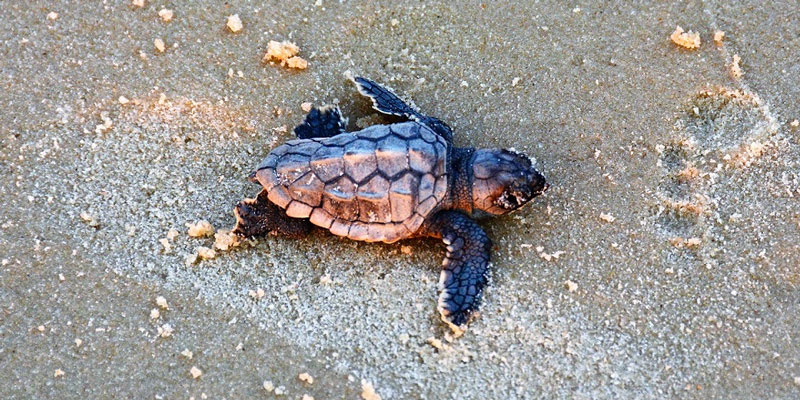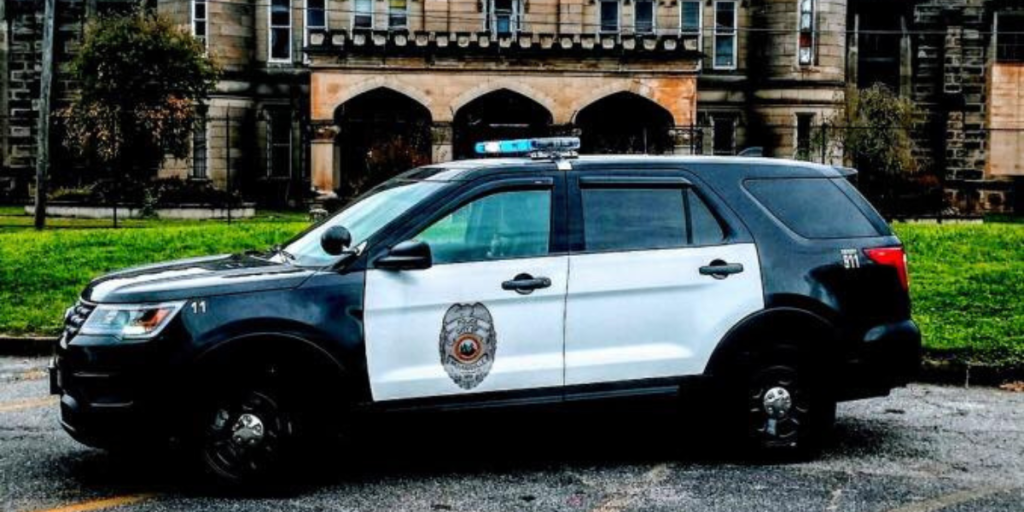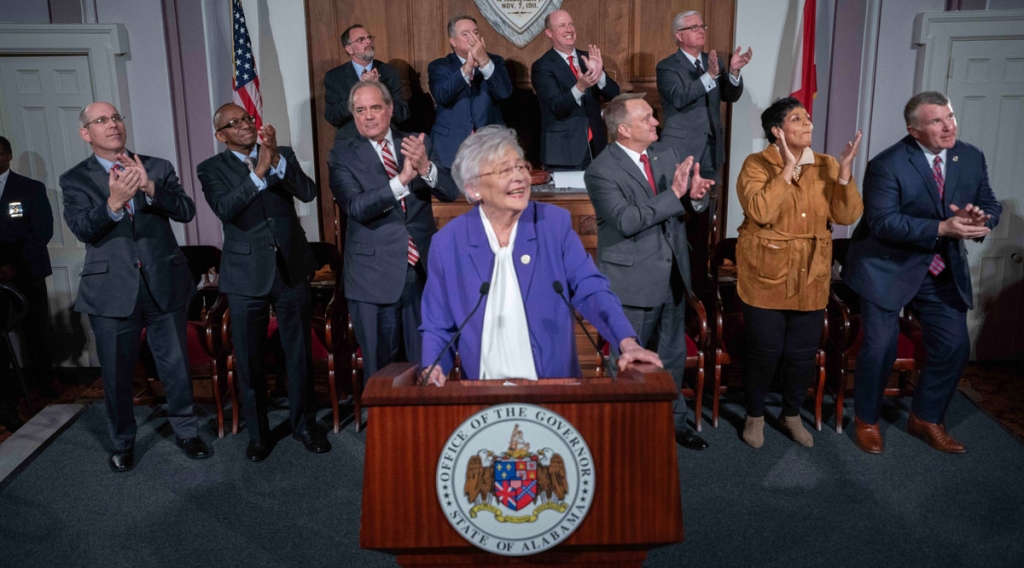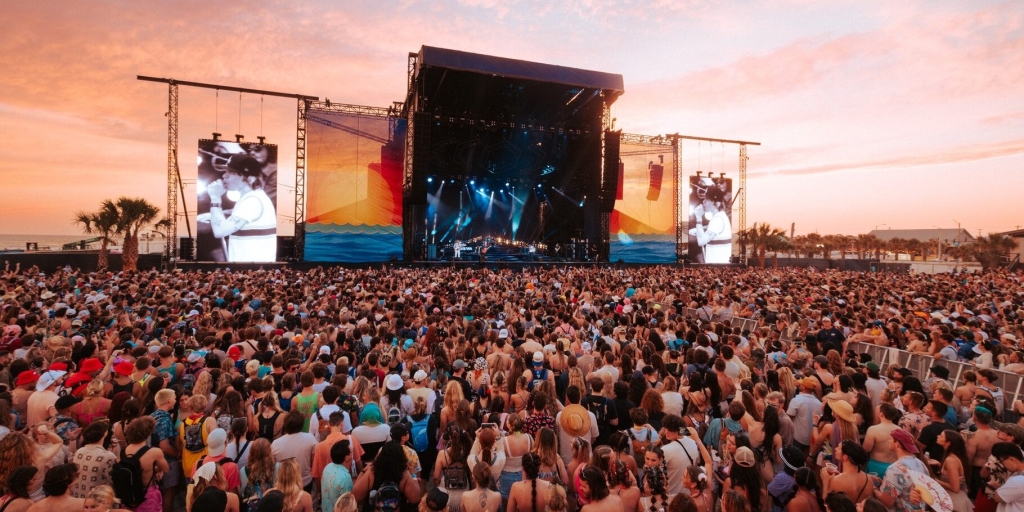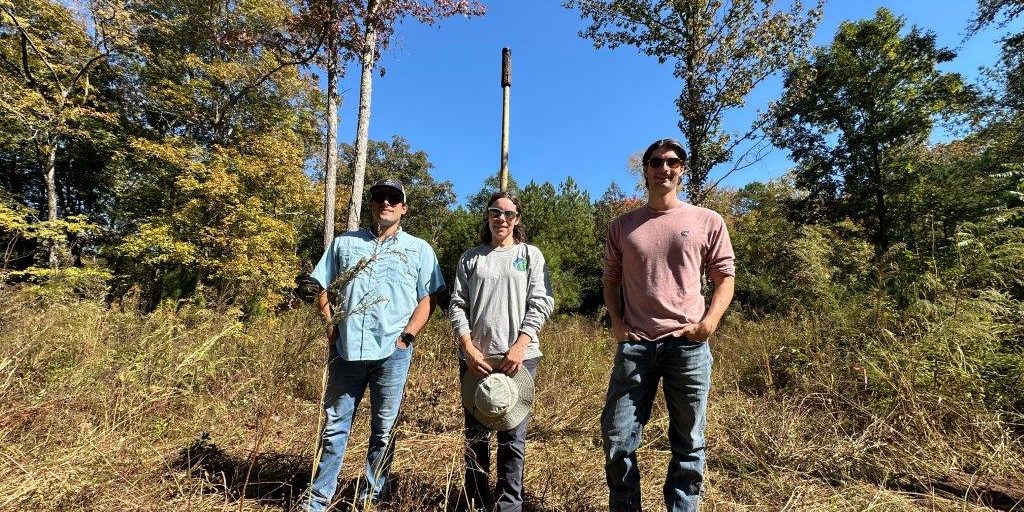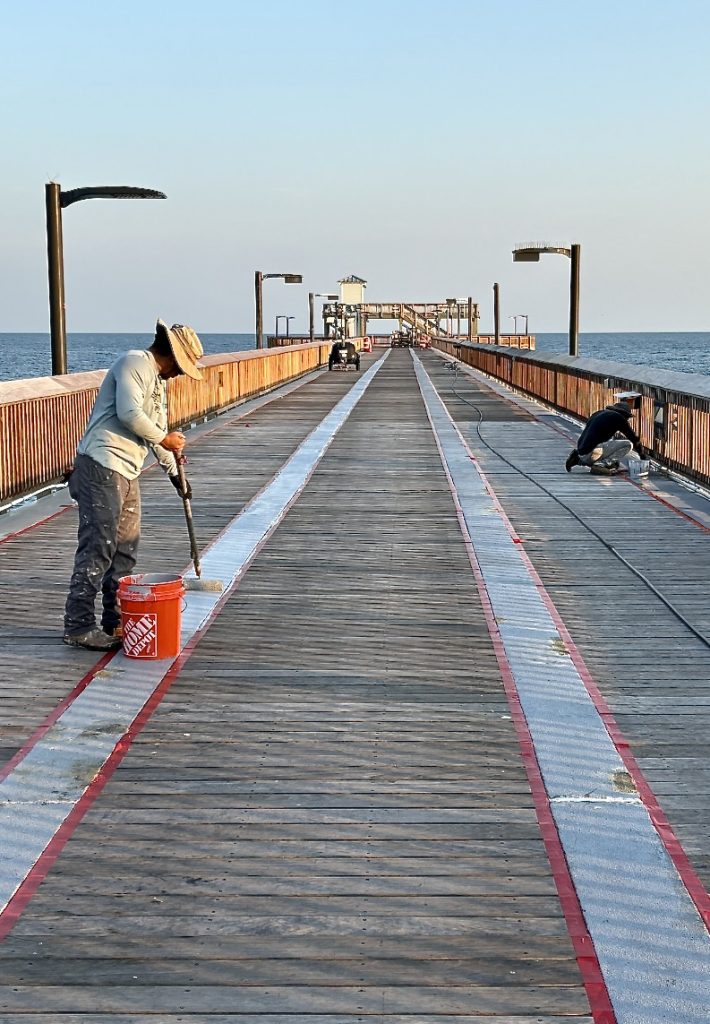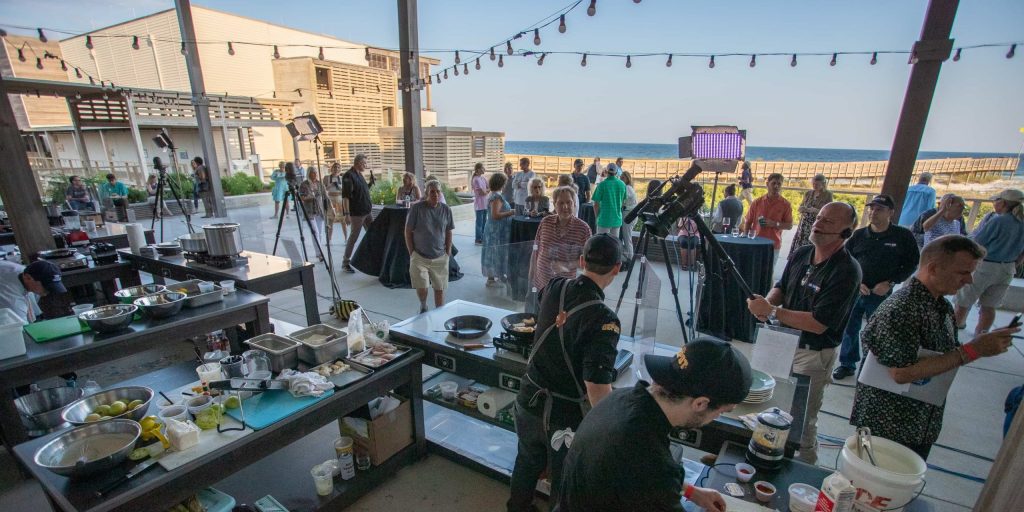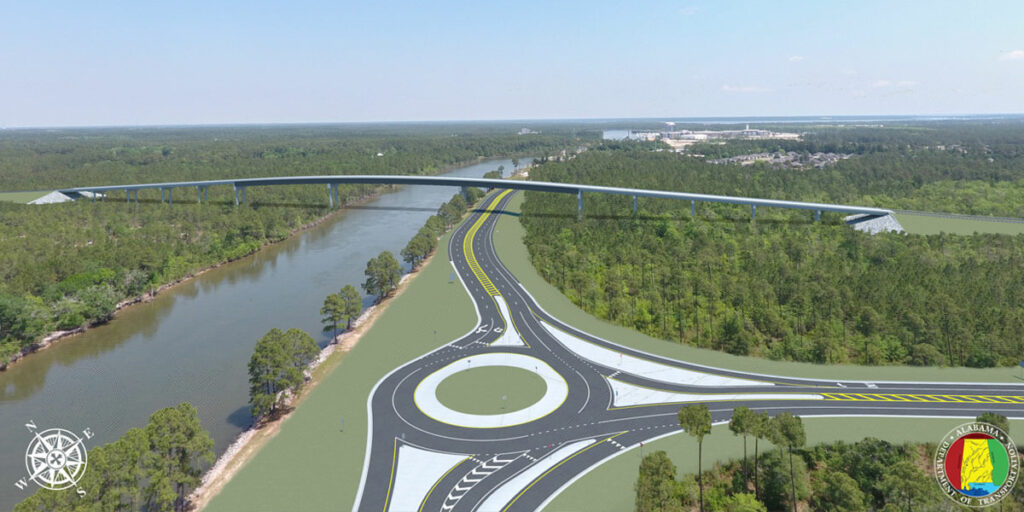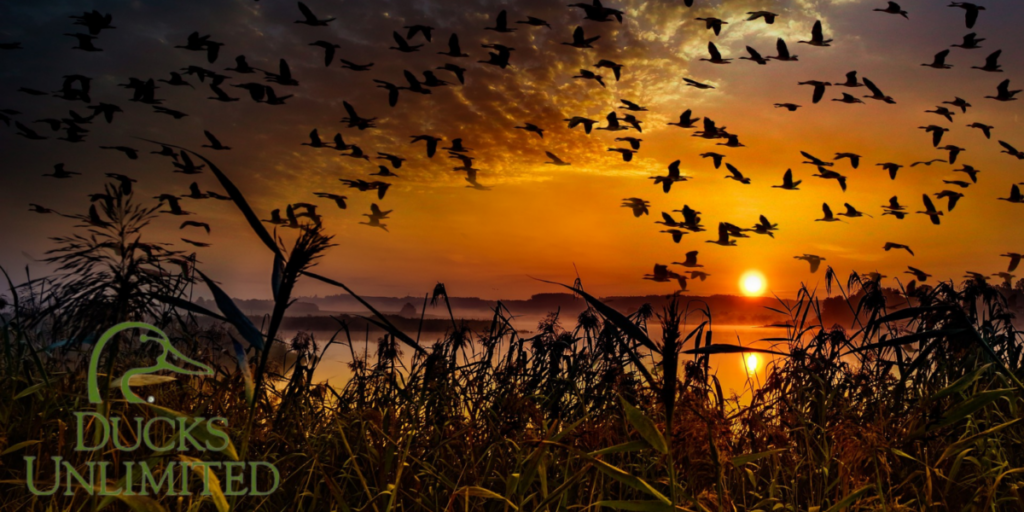The volunteers with Share the Beach were utterly surprised.
They had begun cleaning out a turtle nest on the West Beach at Gulf Shores that had hatched three nights before. What they found about 2 feet under the sand was a treasure. Actually, it was 20 little treasures.
“There’s a live one,” shouted volunteer Kelly Howard with her hand all the way down in the nest. She pulled it out, holding a tiny turtle trying to escape. She put the turtle in an open container and reached down again.
“There’s another one,” she said, pulling out another tiny turtle alive and kicking. The crowd that had assembled around the volunteers cheered. This event repeated 18 more times; she had found 20 little turtles stuck under the nest.
“Their mama turtle dug this one a bit too deep. I’m glad we found them,” Howard said.
Just another day in the life of Share the Beach volunteers, 525 of them, to be exact. They organize in teams to cover Alabama’s Gulf Coast and see the turtles make it to the water when they hatch, clean out the nest afterward and report their findings to the U.S. Fish and Wildlife Service. Turtle season runs from May 1 to Oct. 31.
Share the Beach founder Mike Reynolds was thrilled they found the live turtles.
“I am so glad we found the little critters. This is what our volunteers live for,” said Reynolds, surveying the beach from his Jeep outfitted with turtle-related equipment. “We train them to go out early in the morning and look for the mother sea turtle’s tracks. They leave very distinct tracks. From that, we can see where the nest is and we mark it off with four stakes and a predator screen, which protects from coyotes and foxes.”
So far this season in the Gulf Shores area, Share the Beach volunteers have discovered 78 nests. Each nest contains 112 eggs, and it takes the female turtles 25 years to be able to nest again.
When Reynolds moved to Gulf Shores in 2001, there was not a program to save the turtles.
“They didn’t have any permit holders to be around these federally protected sea turtles. That’s why I had the idea to get a permit myself from the Fish and Wildlife Service,” Reynolds said. “Share the Beach is all volunteers, just because it needs doing. For years, people didn’t know why the sea turtle population was being decimated. When they started putting lights along the beaches and all those lights would attract the baby sea turtles — the turtles don’t stop. When they don’t find water they keep going and they end up in the streets, dehydrated in the dunes and susceptible to predators. Now they’re making it to the water, thanks to the hundreds of volunteers we have.”
Along with the volunteers excavating the nest, Ph.D. candidate Matt Ware from Florida State University helped document the event.
“A couple days ago, we had this nest hatch out. We had 95 hatchlings successfully reach the water. We waited three days for any stragglers to work their way out and then we went in and excavated the nest to count how many eggs were laid, how many hatched, just to get some productivity information,” he said. “It’s not uncommon to find a couple stragglers still alive in the nest. This time we had 20 and led them all to the water.”
As the little turtles made it to the water one by one, the crowd clapped and cheered and took pictures.
“I enjoy doing this. It’s emotional sometimes; you just kind of fall in love with the turtles,” Howard said. “Sometimes, you just want to cry because they’re so little and you just hope that every one that gets to the water gets a chance to make it.”
Alabama Bright Lights captures the stories, through words, pictures and video, of some of our state’s brightest lights who are working to make Alabama an even better place to live, work and play. Award-winning journalist Karim Shamsi-Basha tells their inspiring stories. Email him comments, as well as suggestions on people to profile, at [email protected].
(Courtesy of Alabama NewsCenter)




